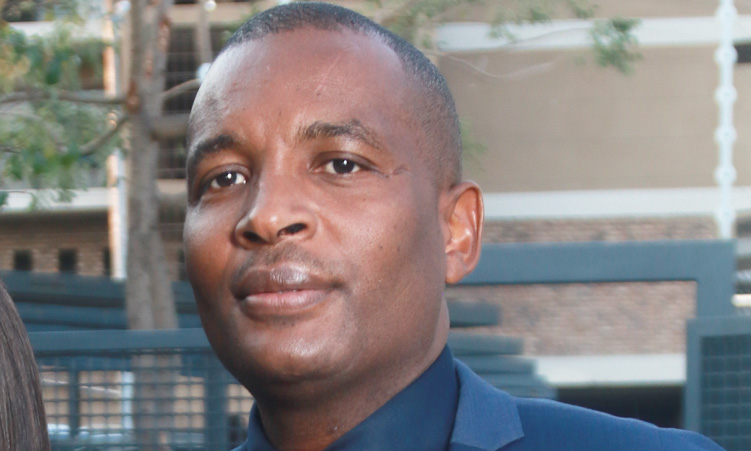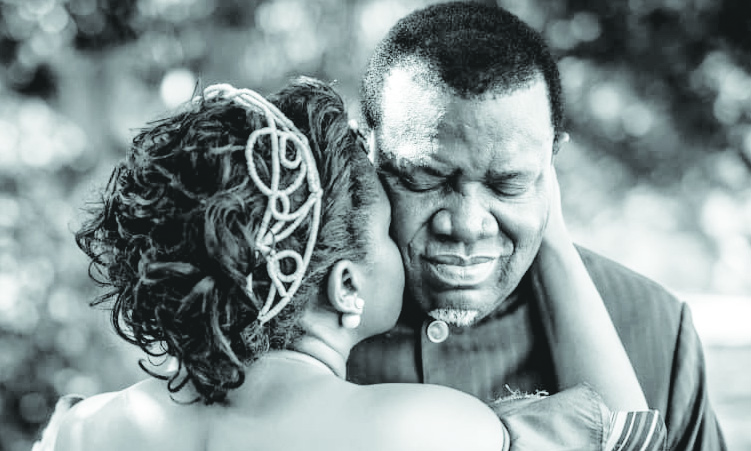DOUALA – Investigators say they want to know why the pilot of a Kenya Airways flight that crashed, killing all 114 people aboard, took off in a severe storm instead of waiting for thunderclouds to move out of the flight path.
“The tower gave him clearance, but the decision was up to him,” a senior Cameroonian flight control official said on Wednesday. The flight, scheduled to depart Douala to Kenya’s capital of Nairobi, had already been delayed for just over an hour because of thunderstorms before it took off early on Saturday, said the official, who declined to be identified because he was not permitted to speak to the media.”It’s the captain’s responsibility to determine whether to go ahead or not, and he decided to take off,” he said.Investigators from Cameroon, Kenya and the US National Transportation Safety Board are just starting to investigate the cause of the crash.They are due to be joined by representatives from Boeing, the 737-800 plane’s manufacturer.Kenyan Airways chairperson Evanson Mwaniki said the airline was bringing in British forensic and DNA specialists to help identify bodies, after days in the swamp.Airline officials said on Wednesday that the remains of 81 of those aboard had been recovered so far.The flight data recorder has been recovered but still needs to be decoded, probably in the United States.The cockpit voice recorder has not yet been recovered.Douala airport is not equipped with weather radar, but virtually all civilian airliners carry it to avoid flying into thunderheads – the violent cumulonimbus clouds whose severe updrafts and downdrafts can cause structural damage.According to aviation regulations, cockpit crews are free to take off in bad weather unless the local flight control takes extraordinary measures such as temporarily closing down the airport.”The final responsibility rests with the captain, not the tower,” said Lucian Bekombo, a Cameroonian expert helping with the investigation.”We will hopefully recover the cockpit voice recorder to find out exactly why they didn’t wait on the ground a little longer,” Bekombo said.Although the tower had instructed Kenya Airways Captain Francis Mbatia Wamwea to turn left after takeoff to a northerly heading of 102 degrees, the wreckage was found on a heading of 176 degrees which is nearly due south.This indicated that he may have been attempting to manoeuvre around a storm before the crash, Bekombo said.Besides stormy weather, other possible factors contributing to an immediate power loss and incapacitation of the aircraft systems include fuel contamination or a lighting strike.Nampa-APThe flight, scheduled to depart Douala to Kenya’s capital of Nairobi, had already been delayed for just over an hour because of thunderstorms before it took off early on Saturday, said the official, who declined to be identified because he was not permitted to speak to the media.”It’s the captain’s responsibility to determine whether to go ahead or not, and he decided to take off,” he said.Investigators from Cameroon, Kenya and the US National Transportation Safety Board are just starting to investigate the cause of the crash.They are due to be joined by representatives from Boeing, the 737-800 plane’s manufacturer.Kenyan Airways chairperson Evanson Mwaniki said the airline was bringing in British forensic and DNA specialists to help identify bodies, after days in the swamp.Airline officials said on Wednesday that the remains of 81 of those aboard had been recovered so far.The flight data recorder has been recovered but still needs to be decoded, probably in the United States.The cockpit voice recorder has not yet been recovered.Douala airport is not equipped with weather radar, but virtually all civilian airliners carry it to avoid flying into thunderheads – the violent cumulonimbus clouds whose severe updrafts and downdrafts can cause structural damage.According to aviation regulations, cockpit crews are free to take off in bad weather unless the local flight control takes extraordinary measures such as temporarily closing down the airport.”The final responsibility rests with the captain, not the tower,” said Lucian Bekombo, a Cameroonian expert helping with the investigation.”We will hopefully recover the cockpit voice recorder to find out exactly why they didn’t wait on the ground a little longer,” Bekombo said.Although the tower had instructed Kenya Airways Captain Francis Mbatia Wamwea to turn left after takeoff to a northerly heading of 102 degrees, the wreckage was found on a heading of 176 degrees which is nearly due south.This indicated that he may have been attempting to manoeuvre around a storm before the crash, Bekombo said.Besides stormy weather, other possible factors contributing to an immediate power loss and incapacitation of the aircraft systems include fuel contamination or a lighting strike.Nampa-AP
Stay informed with The Namibian – your source for credible journalism. Get in-depth reporting and opinions for
only N$85 a month. Invest in journalism, invest in democracy –
Subscribe Now!






